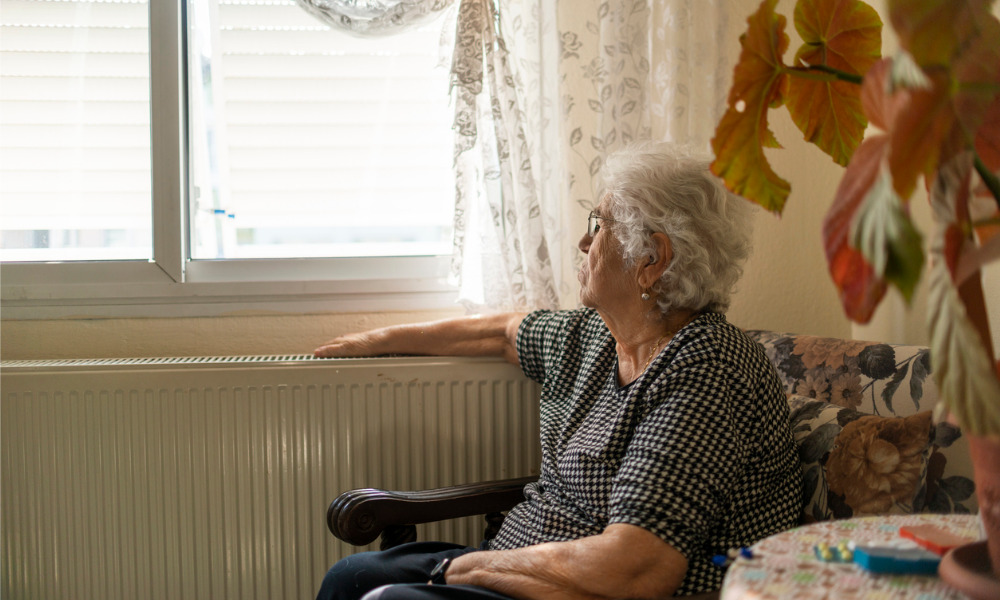
Home Care Ontario CEO says they no longer have enough nurses and personal support workers to provide service

Almost 6,000 vulnerable Ontarians have been left stranded as the serious staffing crisis affecting hospitals, long-term care homes and ambulances impacts the home care sector
"We're being deluged with calls and we do not have the staff to respond," Sue VanderBent, Chief Executive Officer of Home Care Ontario, said in a release. Its members employ approximately 28,000 health care staff province-wide.
"There are no longer enough nurses and personal support workers in the system to provide people with the help they need at home."
An exodus of staff during the pandemic has exacerbated pre-existing staff problems and those issues have become a full-fledged crisis during the current Omicron wave. In total, home care has lost an estimated 4,000 nurses since the beginning of the pandemic.
According to Home Care Ontario, before the pandemic home care providers fulfilled requests for nursing care 95 per cent of the time. As of December 31, 2021 that number has dropped to 56 per cent. Over the first three weeks of January, capacity challenges limited a range of care, including for post-surgical wounds, chemotherapy, I.V. antibiotics, diabetes, dementia and more.
Home care plays a key role in Ontario's health care system, relieving pressure on hospitals and long-term care homes.
"The results of our current crisis are clear: more people are being forced to go to hospitals for services they should be able to receive at home," said VanderBent. "And more people who go to acute care will remain stuck in hospitals."
She added: "The shortages we're talking about can have life-altering consequences for families. These patients are more than just a number. They are brothers, sisters, parents. We simply must do more to help them."
Home Care Ontario is requesting $460 million from government to fix wage inequalities that have worsened a pre-existing staffing crisis in the sector during the pandemic. It said that home care staff are paid less than their equivalents in other parts of the system to perform similar work. Personal support workers, for example, are paid at least $5 per hour more to work in long-term care homes and hospitals.